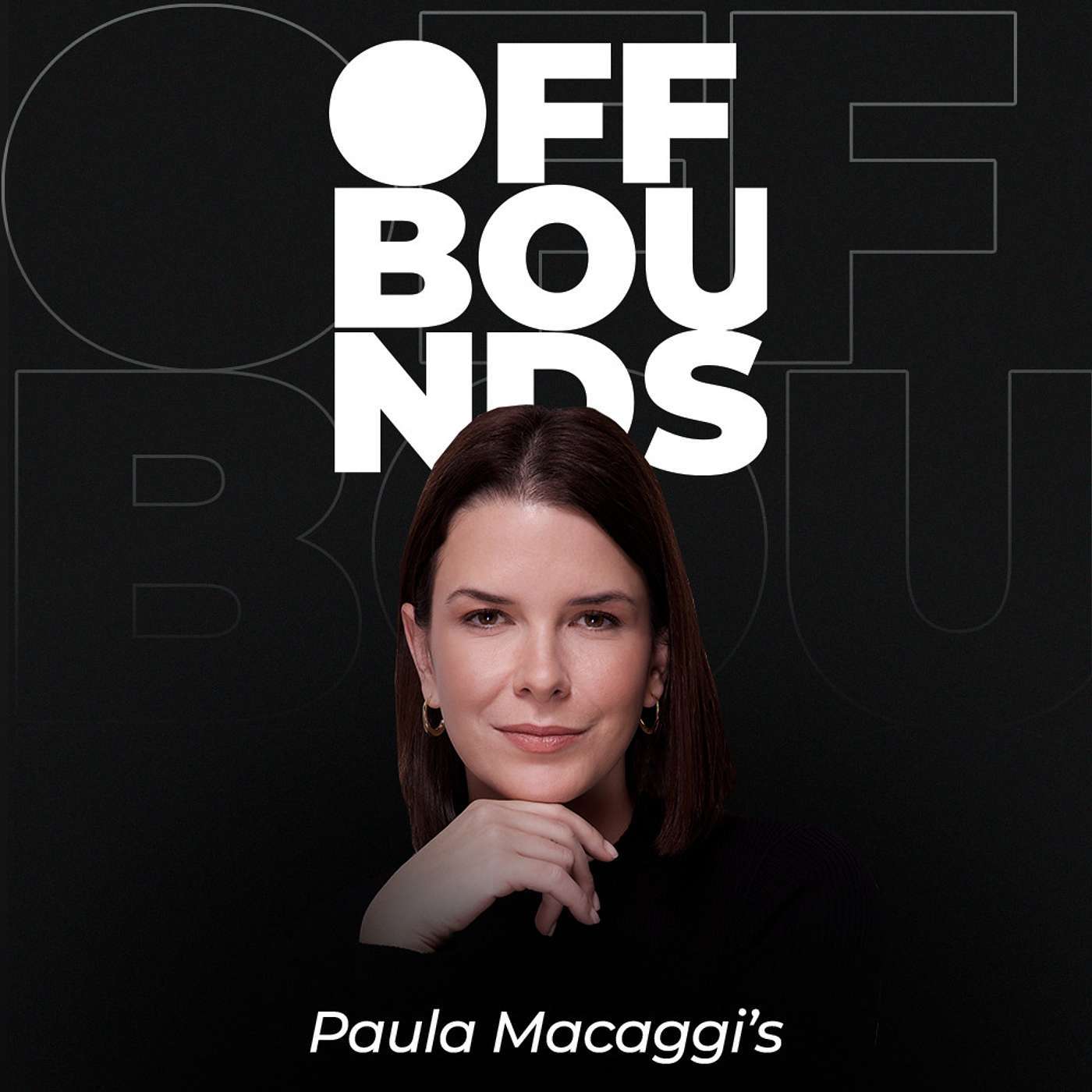
Pricing Heroes: The Retail Pricing Podcast for Practitioners & Executives
Pricing Heroes: The Best Retail Pricing Podcast for Practitioners and Executives
Your go-to pricing podcast for transforming strategy, boosting margins, and leading with confidence.
Pricing Heroes is the leading retail pricing podcast for pricing practitioners and retail executives focused on building smarter strategies, protecting margins, and earning customer trust. Each month, we feature exclusive interviews, case studies, and practical insights to help you implement the most effective pricing strategies for today’s retail environment.
Whether you're managing promotional calendars, navigating price perception, or scaling AI-powered pricing systems, Pricing Heroes offers the expert guidance and real-world perspective you need to lead with confidence.
🎙 Each episode includes:
- Expert Interviews: Candid conversations with top pricing professionals and retail innovators
- Case Study Analysis: Behind-the-scenes strategy breakdowns from across the industry
- Actionable Takeaways: Practical insights you can apply immediately in your organization
We explore the full landscape of pricing in retail — spanning e-commerce and in-store, global brands and regional players, and categories from fashion and grocery to electronics and beyond. Topics include:
- Innovative pricing technologies and emerging trends, like AI-powered pricing platforms
- Data-driven consumer behavior analysis
- Strategic solutions to complex pricing challenges
- Tactics to boost profit margins and market share
- Pricing topics making headline news
- Building and transforming pricing functions
Join a growing community of pricing professionals and industry leaders who tune into Pricing Heroes — the trusted pricing podcast for anyone shaping the future of retail strategy.
🗓 New episodes drop the last week of every month.
📲 Listen on Spotify, Apple Podcasts, Google Podcasts, or your favorite platform.
Sponsored by Competera — the leading pricing platform empowering retailers with AI-driven, customer-centric pricing solutions that maximize profitability while strengthening customer loyalty.
Pricing Heroes: The Retail Pricing Podcast for Practitioners & Executives
Navigating Retail Transformation with Oliver Banks
Our guest today is Oliver Banks, global retail influencer, host of “The Retail Transformation Show,” and author of Driving Retail Transformation: How to Navigate Disruption and Change, available March 2024.
In this episode, we explore the intricacies of change management and pricing strategies crucial for retail success in an ever-evolving market landscape. Banks shares his insights on overcoming human resistance to change, adapting to competitive pricing pressures, and the complexity of using pricing as a "controllable lever" in retail.
Follow Oliver Banks on LinkedIn.
Pre-Order Driving Retail Transformation: How to Navigate Disruption and Change today at Amazon.
----------
Get your free copy of Get Ready for the Future Of Pricing with our A-Z Guide.
For more information about AI pricing solutions, check out our Corporate sponsor Competera.ai.
Olena: Hello and welcome to the Pricing Heroes Podcast by Competera. This is a series of interviews with the best-in-class retail pricing experts driving their company's bottom-line metrics and the retail industry as a whole. My guest today is Oliver Banks, global retail influencer, host of the Retail Transformation Show, and bestselling author.
Hi Oliver, nice to meet you. Nice to have you here today.
Oliver: Hey Olena, it's fantastic to be here with you. What a privilege to be joining the Pricing Heroes Show.
Olena: The privilege is mine. So right away, I'm going to ask you about your book, which is coming out really soon if I'm not mistaken. What is your date of making it available?
Oliver: Yes, so it's coming out on March 5th, 2024. A date that feels really far away, but it's also coming up super quickly as well. It's called Driving Retail Transformation and it's really there as a guide for leaders to help navigate disruption and change in the retail market that we all love and adore.
Olena: But rumor has it that there's already a presale available. Tell us about that.
Oliver: Yeah, so it launched for pre-orders on Amazon and all other booksellers as well. You can find it through the title Driving Retail Transformation or my author name. And well, I've been blown away to be honest by the support from the worldwide retail community. It's hit number one on Amazon's Hot New Releases chart for retail books, which was phenomenal given that it’s only on pre-order and we’re still talking a few months’ wait, unfortunately. So, I’m super thankful for everyone for their support and encouragement, and yeah, I can’t wait to share the book with everyone very soon.
Olena: I am sure it's going to be a great success. Already knowing that so much support is coming from the pre-sales, I'm sure that in March we're going to see some numbers.
Oliver: Absolutely, absolutely. There’ll be lots more activity going on around March for sure, so I can't wait 100%.
Olena: Oliver, the topics that we actually—so we're going to be honest here. Obviously, we had conversations before recording this podcast, and we actually met like half a year ago during Shoptalk Barcelona.
Oliver: Yes.
Olena: Back then, my interest was sparked to have you on my podcast and to talk to you about two main topics, because you are one of those advocates for the tech and digital approach to pricing and retail operations. So obviously that is the topic that I really want to cover with you today, as well as change management, because I think that goes hand in hand. You cannot drive real change and transformation without knowing how to communicate that, how to make that change happen. For me it's a vicious circle. I don't know what comes first, but I hope you'll give us some answers here today.
Oliver: Absolutely. Well, I think that's one of the challenges that many retailers and companies face. We think a huge amount about the “what” of any given change or transformation. We're focused on this particular system or widget or whatever it is, and we spend all our time thinking about the “what.” But we generally don't think about the “how,” and that's one of the biggest challenges. We don't lend ourselves to really understanding how it implements and deploys into our organization, depending on whatever it is. And then we make mistakes, unfortunately.
We can get into it a little later on, but as humans, we are hardwired to resist change and resist transformation. And so when we don't think about the “why” and the “how,” we make mistakes.
Olena: Definitely. So actually one of my first questions would be: can you explain why that is so important, and what are some of the best practices for implementing those changes successfully? You have profound experience in that and as a communication agent to bigger retailers. What would be the best practices? How would you approach that? What would be your advice to those thought leaders and business leaders who are willing to take on that transformation and drive the whole company to do it?
Oliver: Well, there's a whole book about that. There are so many different elements we could go into here. Let’s just think about the challenges that we face very quickly. As I alluded to earlier, we are naturally opposed to change as individuals. If we uncover that for a moment and think about our evolution—big scale evolution—our long, long ago ancestors lived life in a very dangerous way. They had to go hunting and gathering for food and exploring the wilderness, quite literally. That has forged in our mindset and still lives on today.
Lots of books talk about things like the Chimp Paradox that go into this. Despite us living in a relatively safe environment today, we still react the same way because our brain has been trained over time. For example, our ancestors would look at a dark cave or a dark forest and have to make a judgment call: is it safe to go into? Am I going to get eaten by a bear or wolves? Most likely, they would hold back and explore somewhere else.
We don’t have to explore caves nowadays, but we still find ourselves looking at the unknown—and that’s exactly what change is. It's the unknown. We understand the past and where we are today, and we hope the future stays the same because it’s kept us alive so far. But change says everything is up in the air, and we don't know what's going to happen. It evokes the same fears of the unknown, and we react in unusual ways. We’ve evolved into this anti-change being, unfortunately. But it's something we've got to go for and embrace.
Olena: 100%. And to be honest, I never thought about this topic from an evolution perspective, that having this mindset of change might be something dangerous. On the other hand, our ancestors were forced to make those changes just to survive. That was scary, but if you didn’t make the change, you might be extinct in a couple of years or decades.
Oliver: Absolutely. And I think that represents itself very well in today's world as well. We love to live in the status quo because it feels safe. But actually, the status quo is a mirage. Over time, positive trends level off or fade, competitors evolve and may overtake us, and customer expectations keep increasing. Meanwhile, negative threats come in as well.
So if we sit in the status quo and never explore anywhere, all these elements mean that in today’s commercial world we are in quite a dangerous atmosphere.
Olena: 100%. And thinking of that, I guess it's super hard to call our market situation “stable.” Whether 10 years ago, now, or in 10 years, everybody would say it’s ever-changing, disruptive, influenced by many factors. For retailers, it’s super challenging to stay in and be successful.
But since we are talking about pricing here—and in my opinion, pricing is one of the most direct levers to stay competitive and successful in ever-changing conditions—what would be your take on how businesses can adapt their pricing strategies while ensuring profitability during these times?
Oliver: It's a really interesting one. On the face of it, pricing is perhaps the most controllable lever out of all things we have. You set the price—say 24.99—and that’s what it is. But unfortunately, despite us loving control, prices are a lever you have to pull and push in response to many factors. Some are partially in your control, some are completely out of your control.
Competitors are the number one out-of-control factor. You can set your price at 24.99, but if competitors go to 19.99, that’s a very easy decision point. We also need to factor in promos, category adjacency, seasonality, weather, stock levels, future orders—a huge number of topics. So this very controllable lever is a really difficult engine to run.
Olena: And it doesn’t sound like a one-man job. Thinking of that, it sounds like every organization needs thousands of people, assuming every big retailer has thousands of SKUs.
Oliver: It depends on your maturity. You could make it a one-person job and set the price once and leave it. But in today’s world—especially driven by e-commerce and visibility—if you set it once and leave it, you may be leaving money on the table and customers to go elsewhere. Price is the number one comparable metric.
Olena: And even setting the initial price isn’t easy. Cost-plus doesn’t work anymore. What challenges do retailers face when it comes to pricing and margin management?
Oliver: I’d suggest the number one challenge is twofold: data, and understanding that data. There are many levers, some category-specific, some general. How do we read performance metrics? Who are our competitors? Access to data and understanding it is really important.
We can draw insights, but they can send mixed messages—one source says put the price up, another says down. How do you absorb all that and make a decision on the fly, per SKU, per product, per category, or catalog? And you may need to do it again next week, tomorrow, or in the next hour depending on category and competitors.
Olena: Definitely. I was talking with one of our clients—a pricing manager—recently, and I thought: how does your day look? You must process huge amounts of data to figure out a pricing scenario, which can take days or weeks. But by then, competitors may have moved. You need at least two scenarios to compare. So, coming to the day of a pricing expert, how can that job be enhanced? Why the emphasis on digital transformation?
Oliver: Wow, great question. One of the most important factors is that it’s a really complex job. But you don’t always have the luxury of doing every bit of homework to get the perfect answer. So firstly, it’s about getting a “good enough” answer and staying dynamic.
Secondly, it’s about helping the wider organization understand the processes, thinking, and strategy behind pricing. Whether it’s product development or operations, all need to understand it.
When I was at Tesco early in my career, I worked in store ops. Every day new pricing labels came down—hundreds or thousands of prices going up or down by a few pence. It felt random and questionable: is it worth all this effort? At the time, I didn’t get it. Over time I came to understand the intricacy. Price is the number one metric customers use to decide where to shop, because it’s so comparable. Helping the wider organization understand the logic and tough decisions is a big opportunity.
Olena: I agree 100%. And also, communicating pricing logic to your customers transparently is just as important. Last year with inflation, prices were rising weekly. You go grocery shopping and pay 20 cents or a euro more in one week. Then you go to a competitor and see eggs are more expensive but meat is cheaper.
Digging deeper, I started to understand why retailers do this. But how can retailers communicate their prices to customers in a way that makes them not leave the store?
Oliver: Great question. And to complicate it further, we’re also seeing shrinkflation—packages getting smaller at the same price. Many retailers are using both strategies, hoping customers don’t notice. But they do.
I remember a customer noticing a one-pence increase on a very low-cost product, which mattered hugely to them. In grocery, we must recognize different customers and budgets.
On communication: there is widespread recognition of inflation, but it remains a challenge. What’s working well is demonstrating price changes clearly. Tesco’s Clubcard Prices, for example, discount certain products for loyalty members. It feels like a bargain for customers, even though it’s tightly engineered.
We also see retailers announcing big “price investment” numbers, but for customers that means little—they just see it costs 10% more than last year. That’s the challenge.
I liked what Target did recently: for Christmas, they created gift lists with affordable options. That says to customers, “If price is important, we’ve got your back.” At the same time, they offer premium options. That makes customers feel valued.
Olena: Exactly, making the customer feel valued is the best you can do. You mentioned Target’s initiative, but I also heard about Carrefour’s basket initiative last year. They created a grocery bundle of basics—bread, milk, cheese, eggs—for 30 euros, which would otherwise cost 50. They used local producers, too. I think that’s a great initiative. What do you think?
Oliver: I love it. It has lots of angles—supporting the local economy, sustainability through low food miles, and offering staples at a competitive price. Even if sold at a strategic loss, it ensures customers buy more than the bundle. It’s a great way to take care of both customers and local producers.
Olena: Definitely. And as every SaaS founder would say, acquiring new customers is more expensive than retaining existing ones. Retailers know that too.
Oliver, thank you for the conversation. It was amazing. Especially your insights about evolution—I never thought of it that way. I hope that’s in your upcoming book, and if not, we’ll need another podcast about it.
Oliver: Thank you so much. It’s been a fantastic conversation, great questions, and lots more topics we could dive into in future. Hopefully we’ll have the chance around March when the book comes out.
Olena: Thank you, Oliver. I hope you enjoyed our interview. Follow our guest on LinkedIn—the links are in the description. For more information about deep learning pricing solutions, visit competera.com. Also hit the follow and subscribe button and rate Pricing Heroes with five stars. All the links are in the description. Ciao, until next time.
Podcasts we love
Check out these other fine podcasts recommended by us, not an algorithm.

Pricing Evolution Podcast
Brendan Hodge
Impact Pricing
Mark Stiving, Ph.D.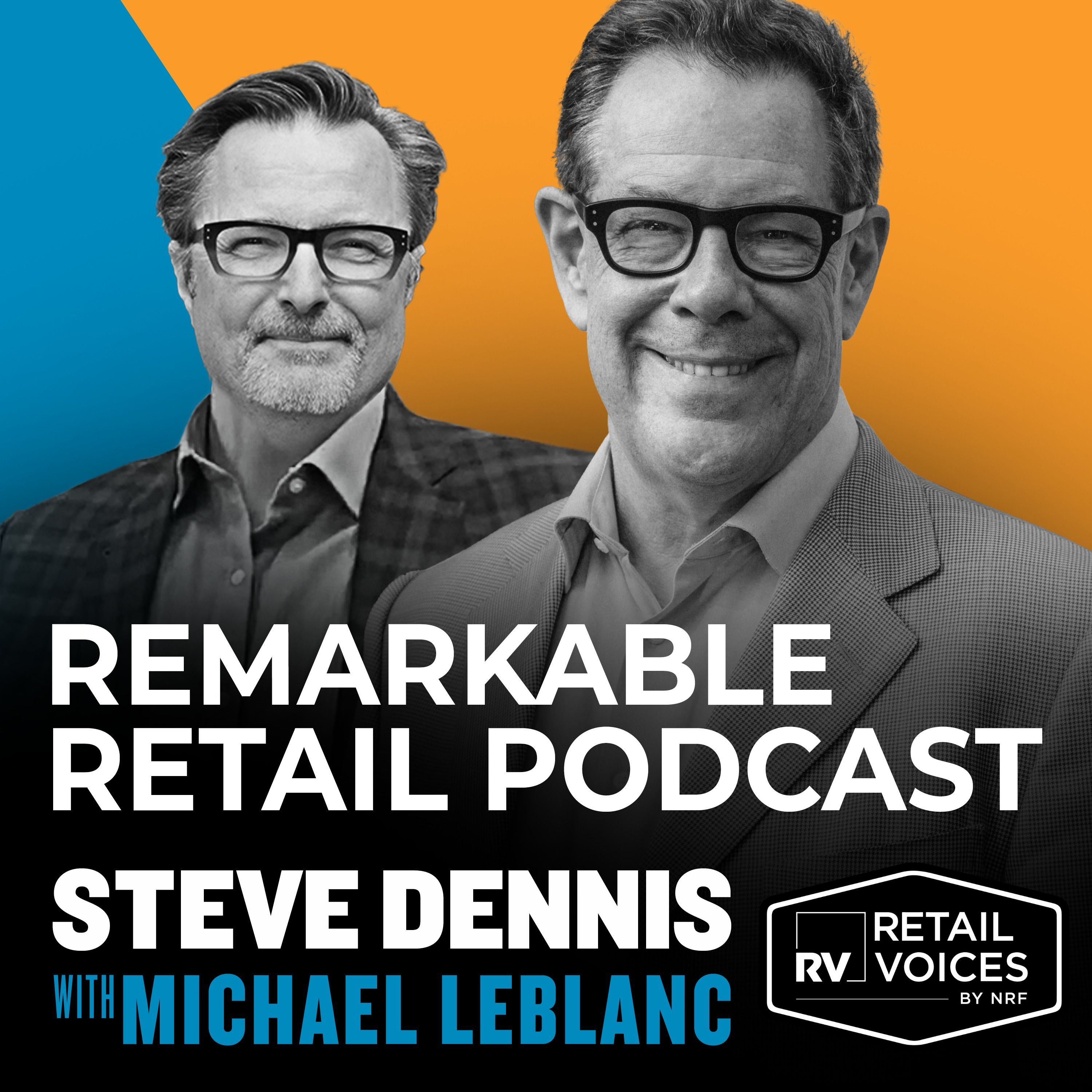
Remarkable Retail Podcast
Michael LeBlanc, Steve Dennis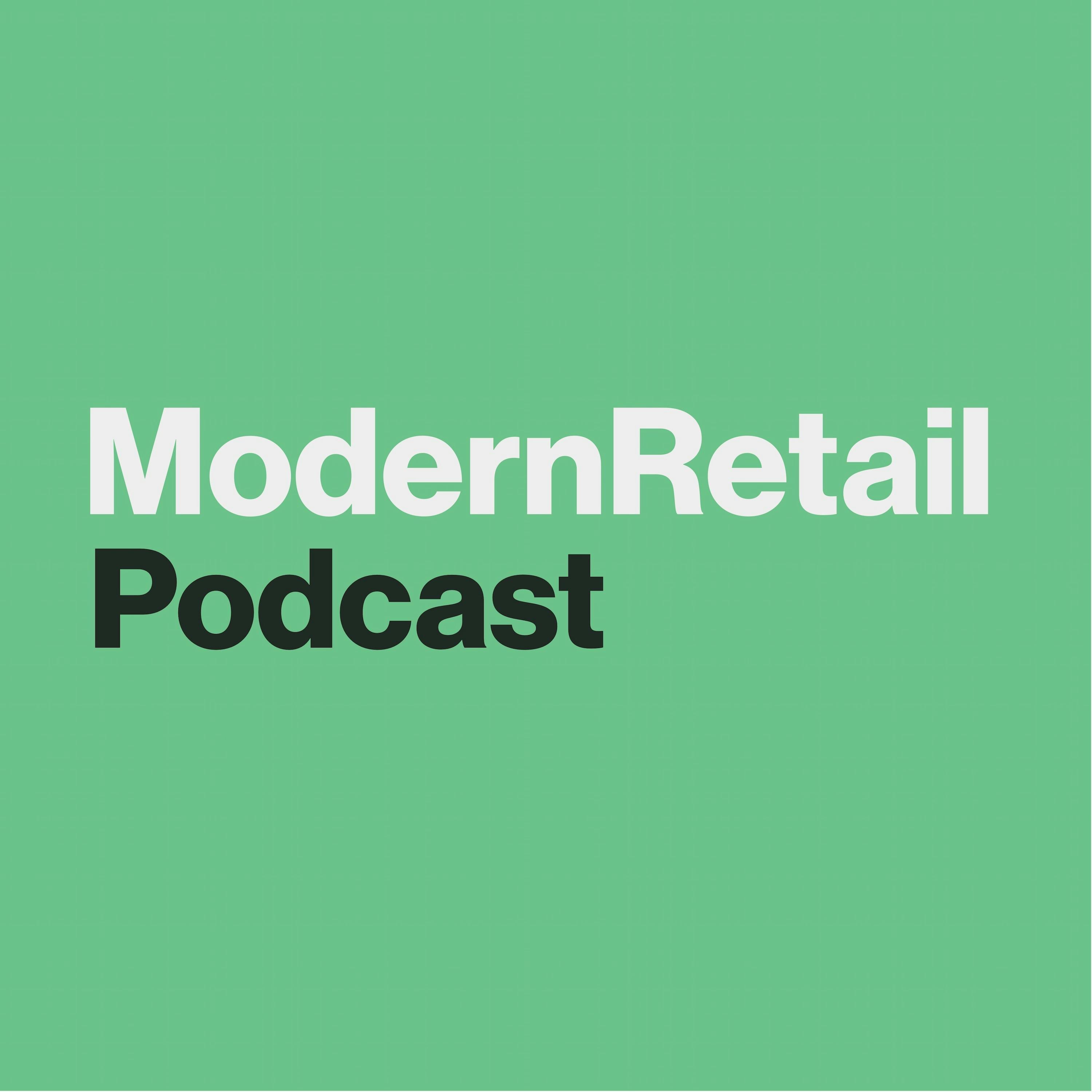
The Modern Retail Podcast
Digiday
Let's Talk Pricing Podcast
The Professional Pricing Society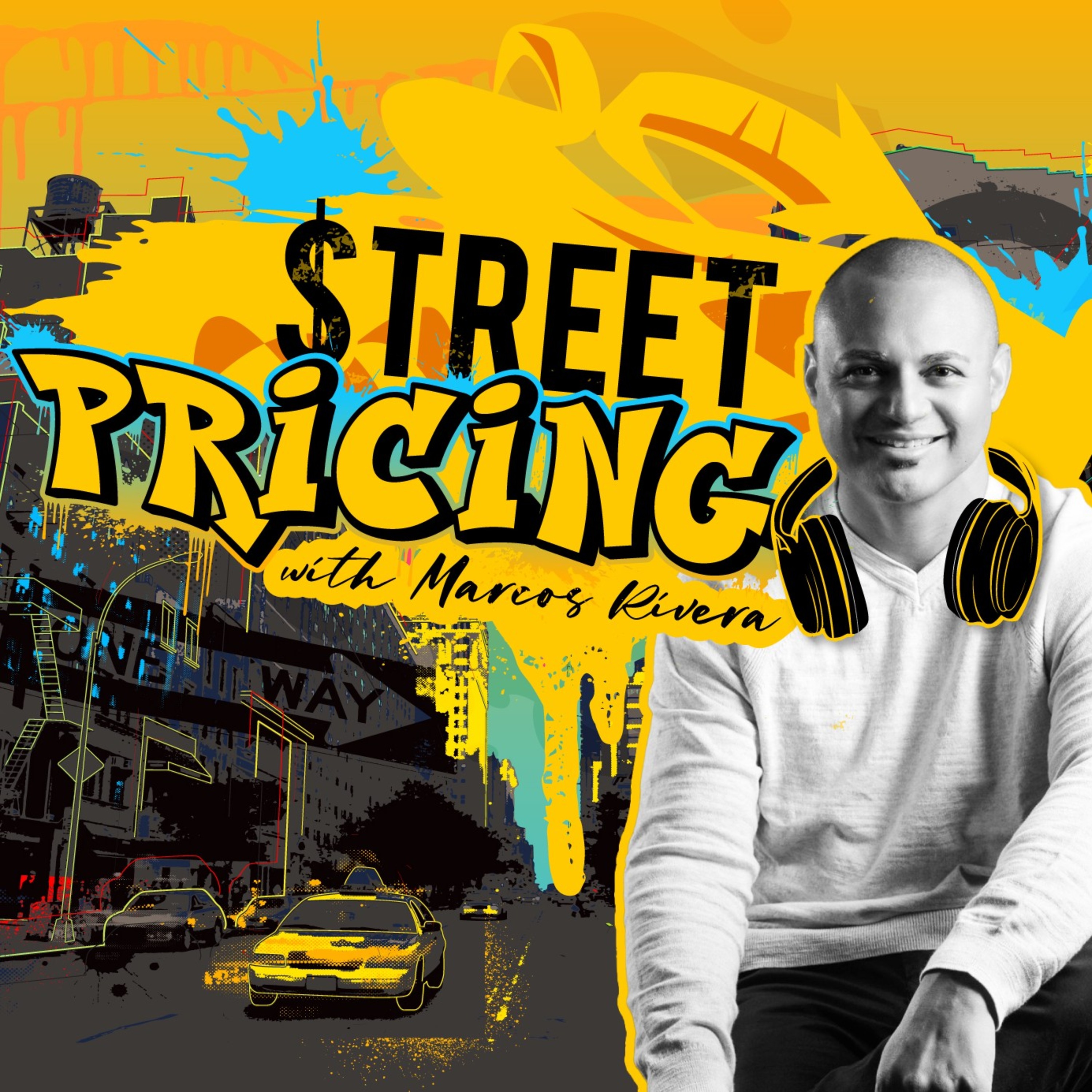
Street Pricing with Marcos Rivera
Marcos Rivera
Rooted in Retail
Crystal Vilkaitis
The FMCG Guys
Dwyer Partners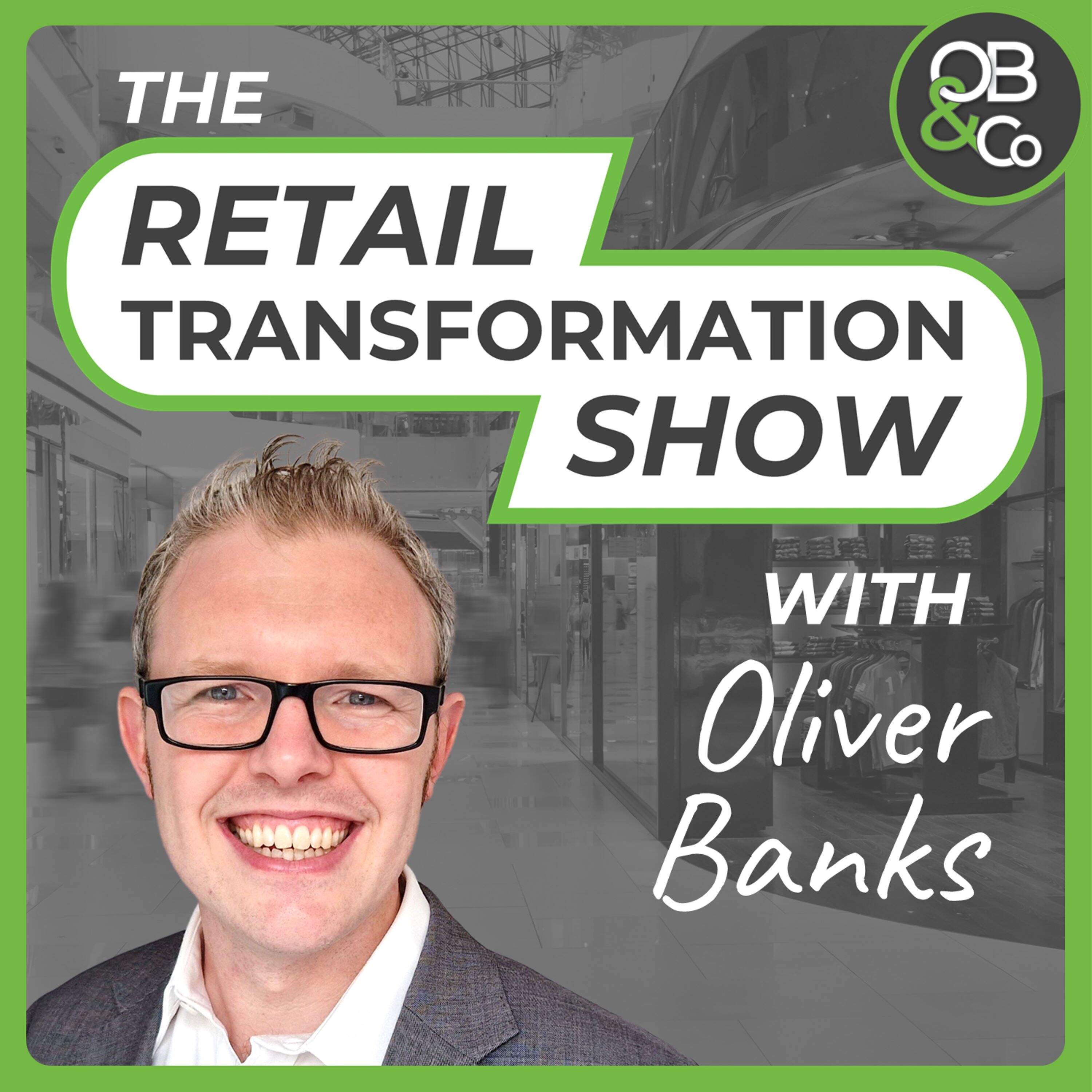
Retail Transformation Show with Oliver Banks
Oliver Banks